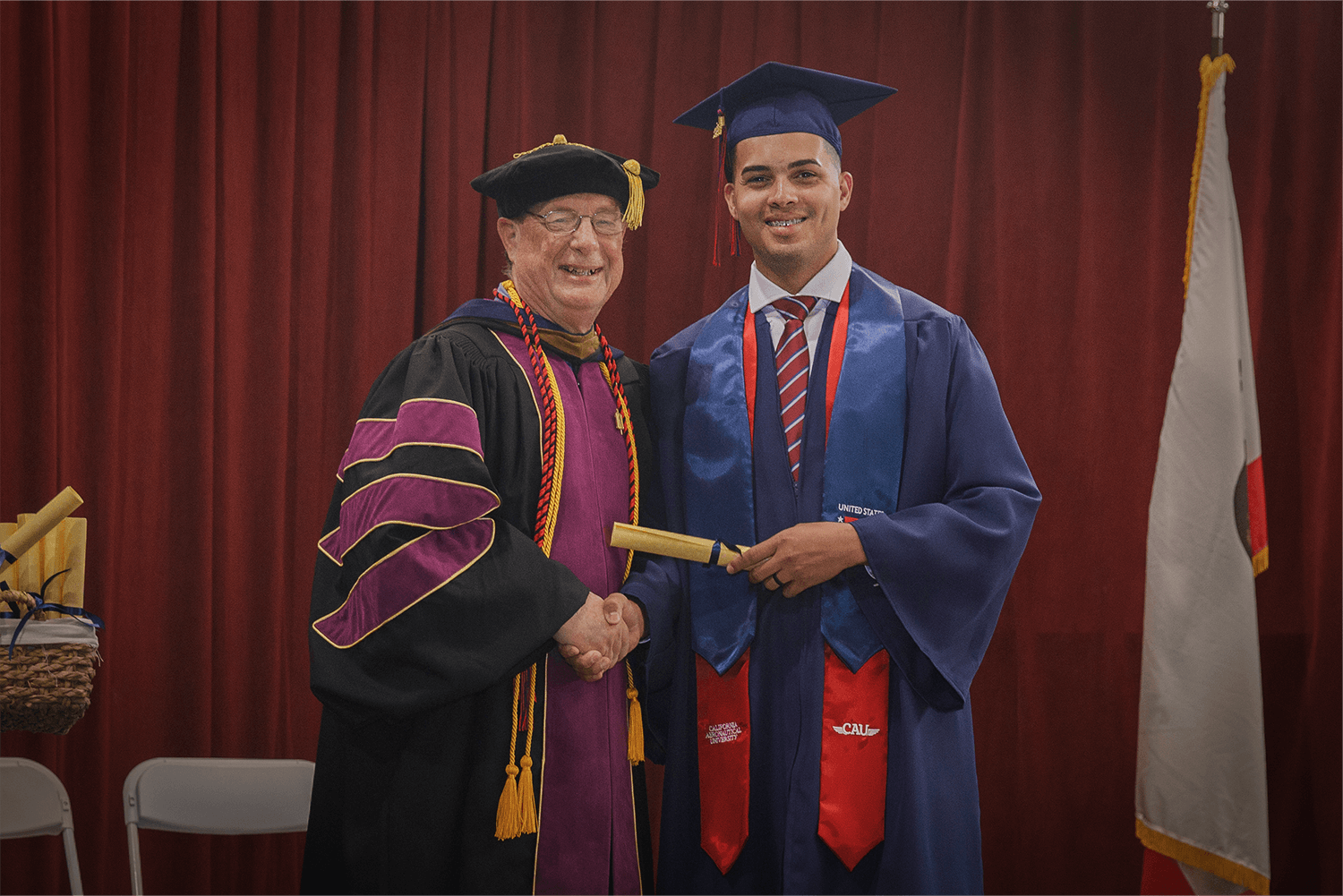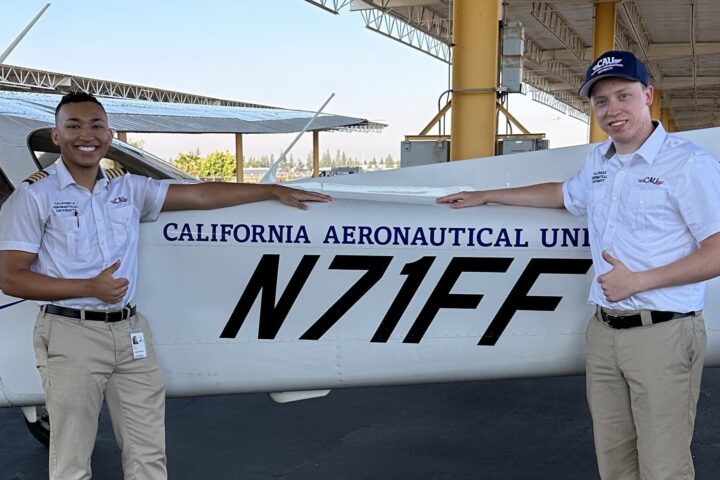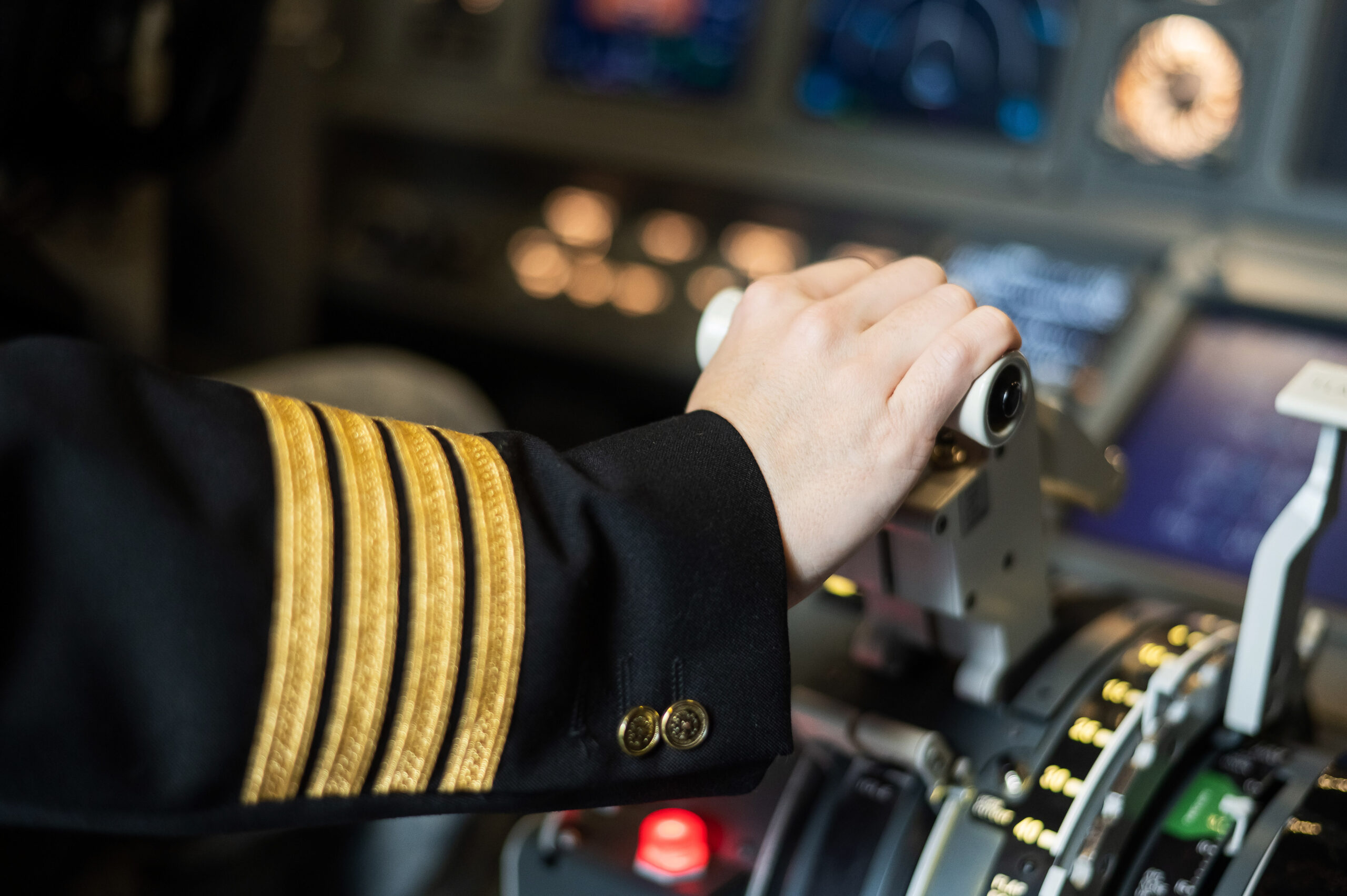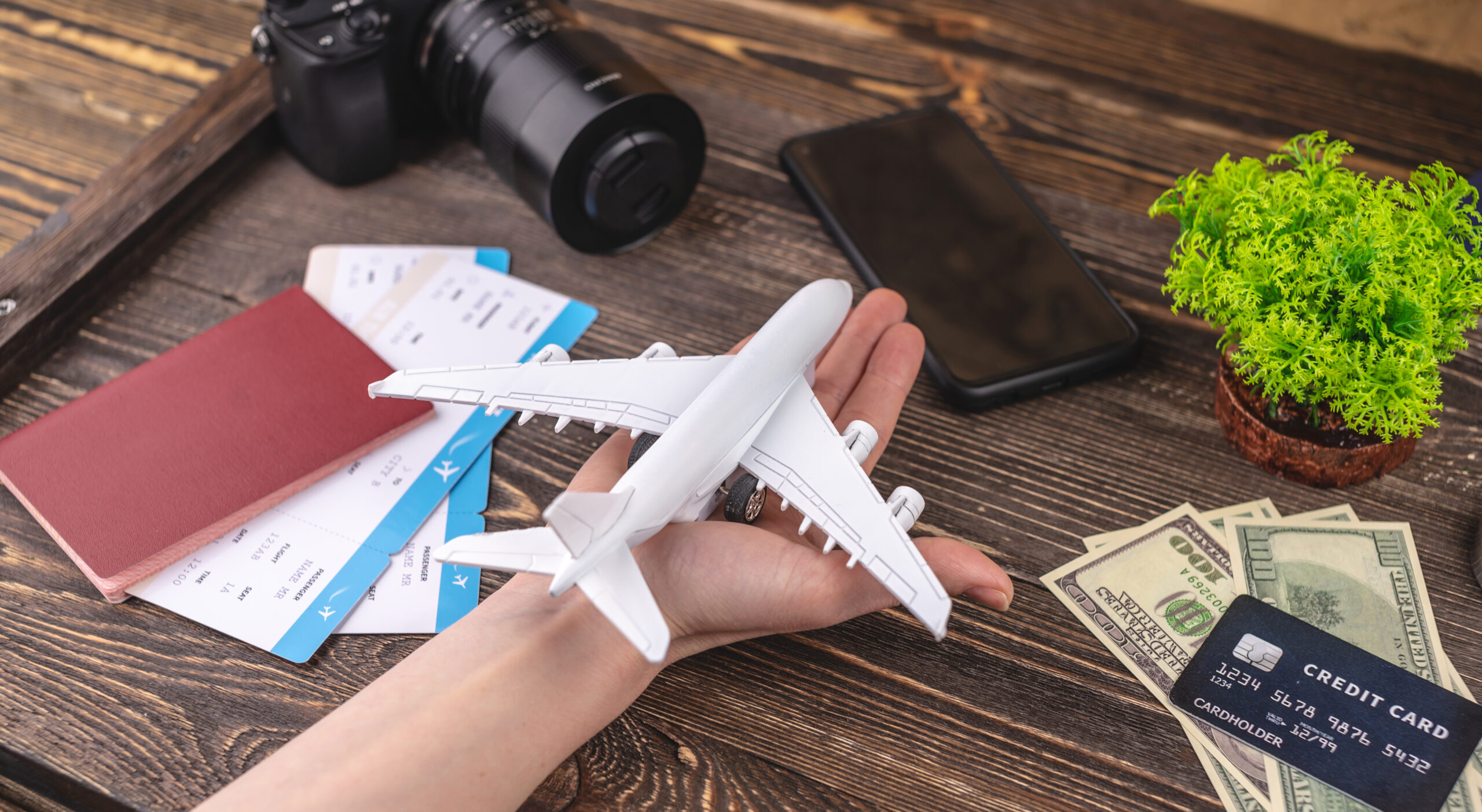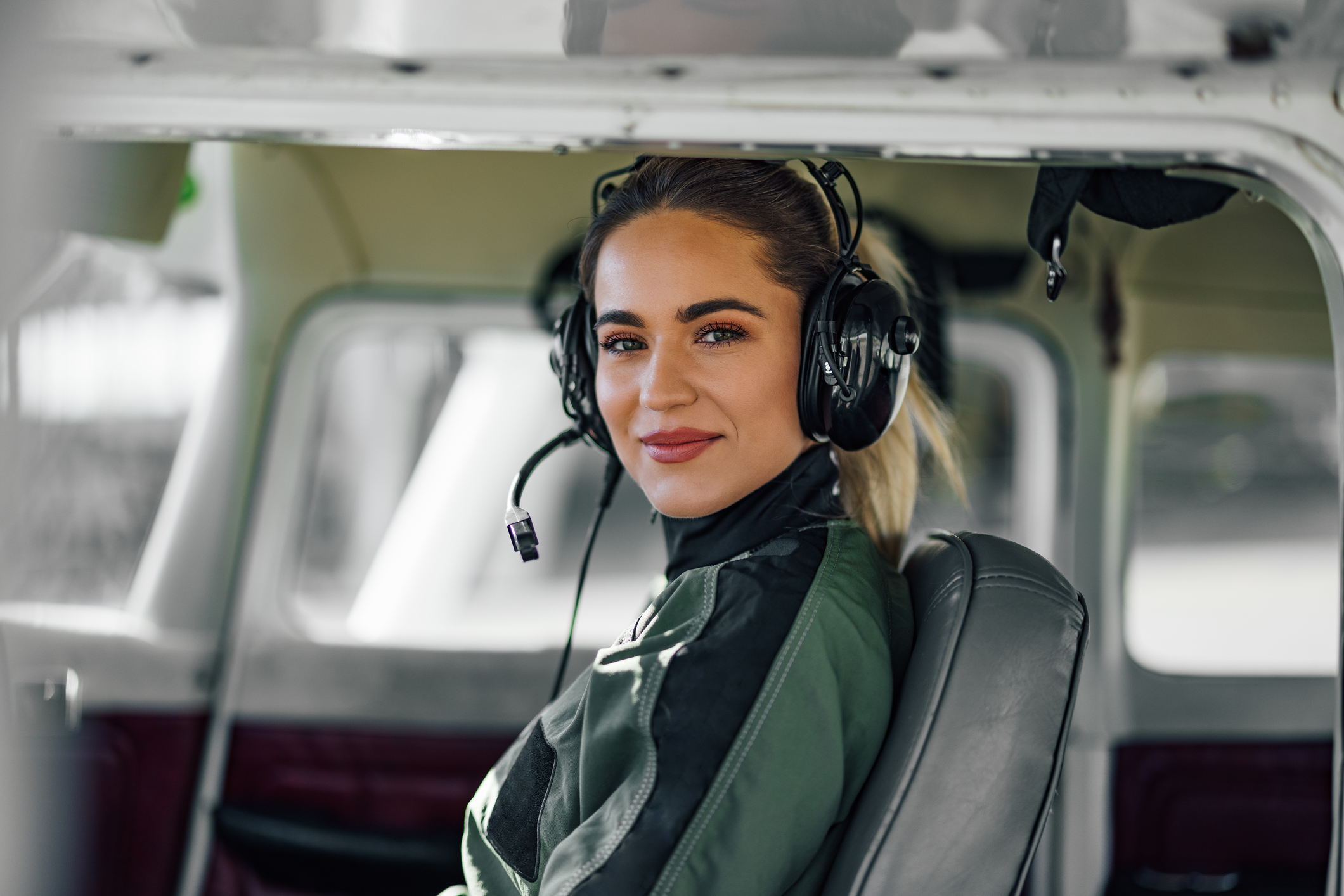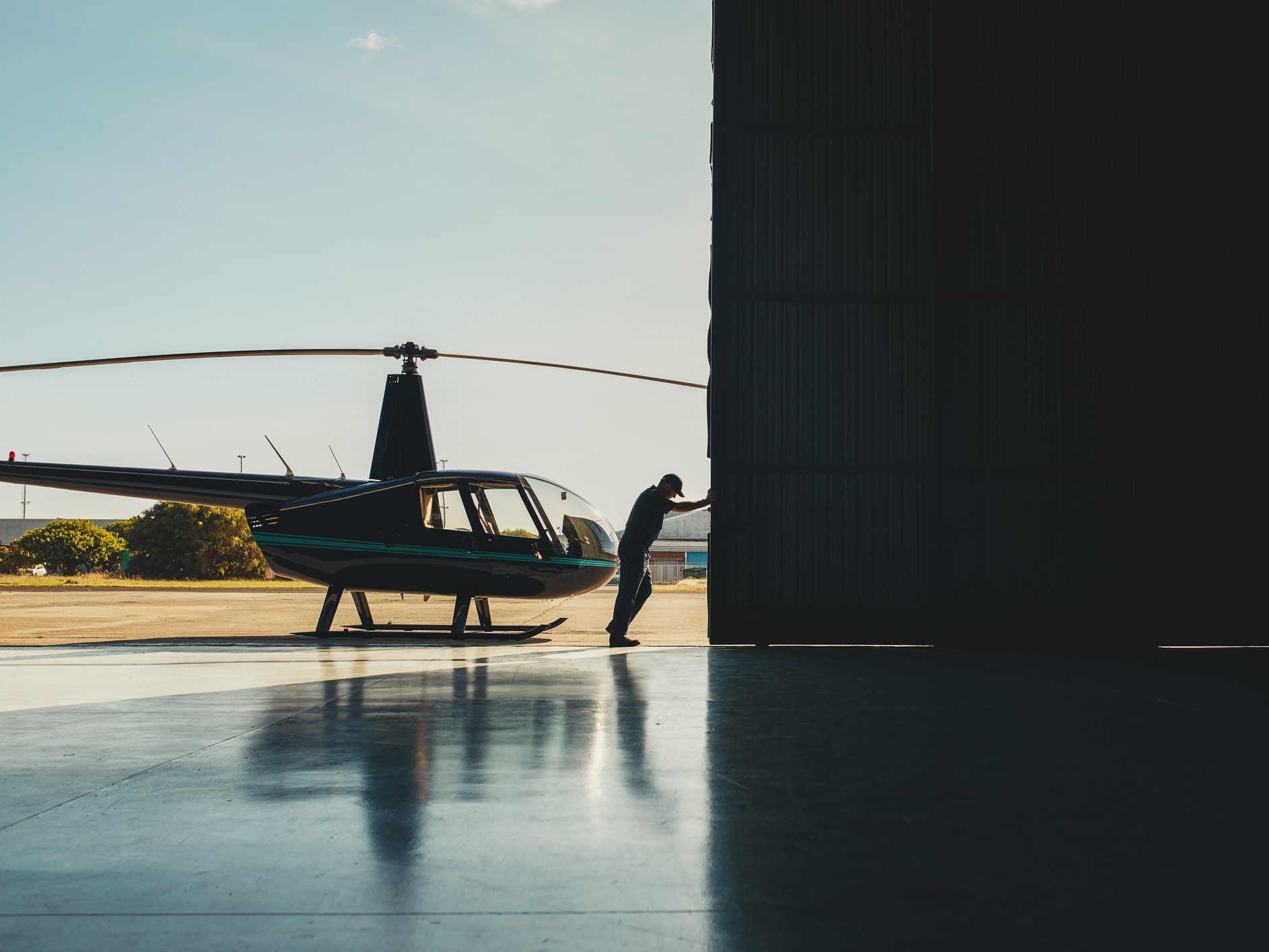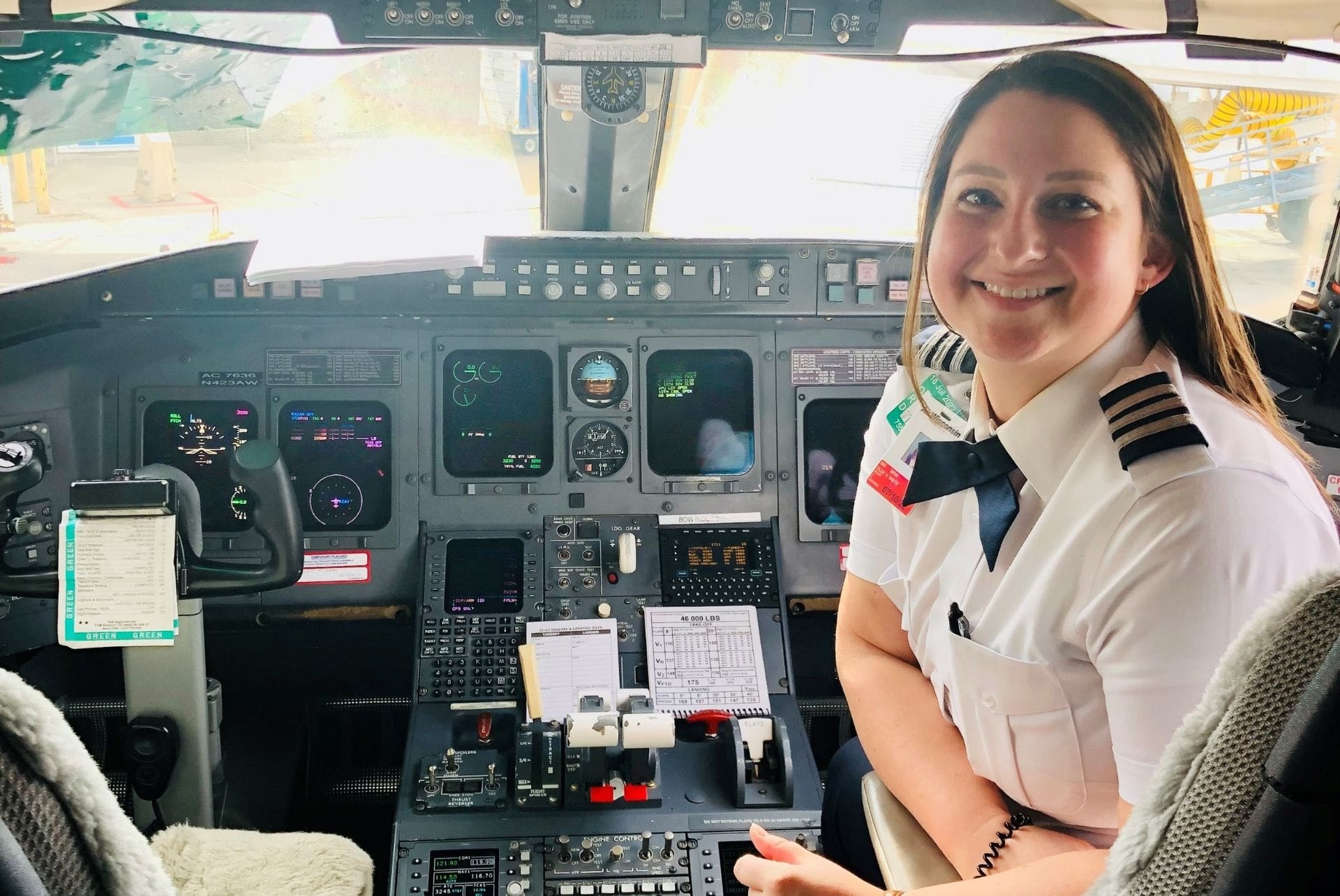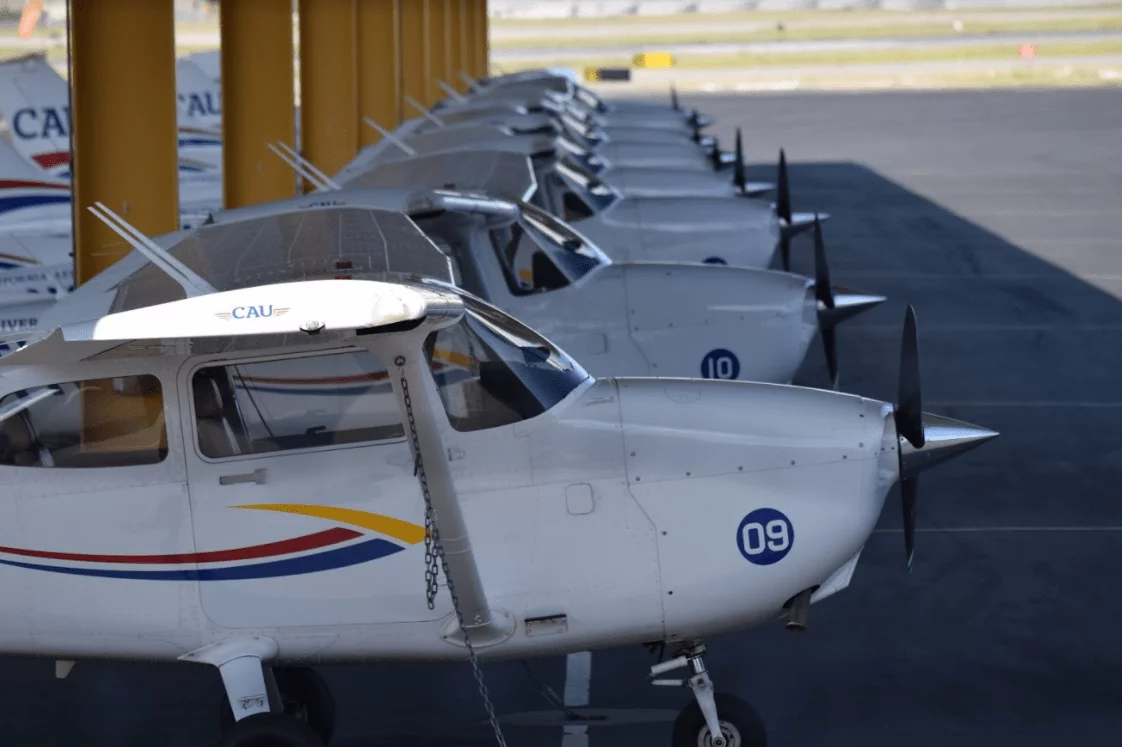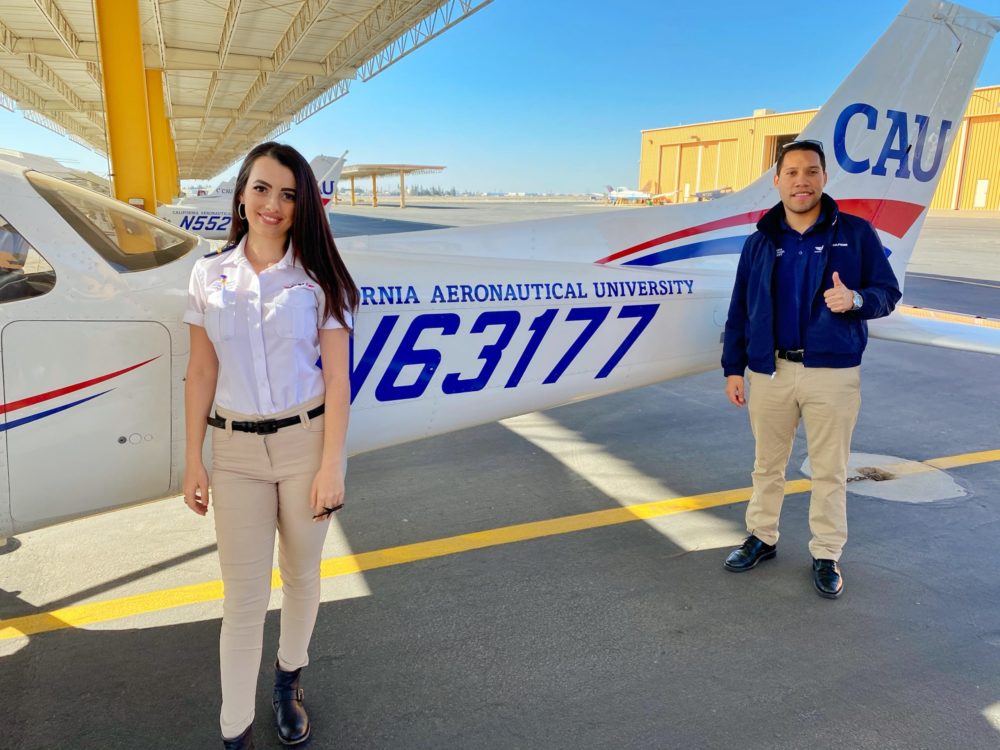A career as a pilot includes traveling and getting the best views from heights of around 36,000 feet. It has thrills like no other profession. Each day of being a pilot brings new challenges which keep every day fresh and exciting. The chance of meeting new people is also a significant factor, and you may have the opportunity to be exposed to a wide variety of cultures around the globe.
The perks you get, coupled with the fact that an average salary for a pilot with the required flight hours and ratings was $130,440 in 2020 according to U.S. News, shows that it can be an enriching and rewarding career. There are many details to consider when researching a reputable flight school, including your learning style, time and flexibility in your schedule, and your finances. Those important points are outlined below, as well as other factors to keep in mind when looking for the right fit for you.
The Reputable Flight School Search
It is important to determine your long-term aviation career objectives and to consider the type of pilot you want to be before anything else. “Professional pilot” or “hobby” might suffice. Making that choice will help you decide what kind of training you want. Depending on the type of flying school you attend, the atmosphere will be quite different. For example, if you want to become a commercial airline pilot, check to see if a flight school participates in any regional airline cooperation programs.
Determine the Amount You Can Spend
The cost of flight instruction may vary significantly. The location of the school, the number of students, and the type of aircraft all impact this. Set a budget and see if your top schools can help you stay within your budget. Some colleges provide financial aid and student loans. CAU offers tuition reduction programs and federal loans and grants for those who qualify to help you worry less about the financial side and focus more on your flight training. Click here to learn more about the minimum eligibility for financial assistance.
Do You Have a Flexible Schedule for Flight Training?
A ground school curriculum and prerequisites may be in place at certain flying schools. Flight training should be a primary concern if being a pilot is just something you’ve always wanted to accomplish. If you want to learn to fly as a hobby, you’ll generally search locally for a place to train – near your home, for your own business or recreation. If you want a career in aviation, a larger investment in time and money may be needed. As a beginner, you should fly at least a few times a week to build the necessary motor memory.
Choose Between a Part 61 or Part 141 School
A Part 61 school mainly allows individuals to complete their training on an as-needed basis, allowing more flexibility in your schedule. The training can be less strict, but there are more flight hours required to gain certificates. For example, you will need 40 hours of flight time at a Part 61 school to complete a private pilot certificate, while it takes 35 hours of flying in a Part 141 school.
A Part 141 school uses the FAA-approved course outline – this will benefit students who learn best in a consistent, structured environment. Part 141 schools are also preferred by some employers, because their curriculum, approved syllabus, and training standards must be regularly reviewed and accredited by the FAA. Some financial assistance programs are also only available at these schools. California Aeronautical University is an FAA-approved Part 141 school.
What Kind of Flight School Environment Will Help You Be Most Successful?
You will also need to understand a little bit about yourself and the atmosphere in which you thrive. Maybe you prefer a larger university that offers an assortment of courses, many new people to meet, and lots of dynamic energy. This larger university could also provide the opportunity to study alongside classmates who understand and can help you through the challenges (and achievements) of flight training.
Or perhaps you work better in a more intimate learning experience, where it’s just you and your instructor going at your own pace. While there is excellence to be found in both a large and small reputable flight school, some students find that one is a better match for them than the other. Sometimes the best way to get a sense of whether a school is right for you is to go visit the campus in person.
Book a Guided Tour of the Flight Training School
Make a phone call to the school to take a guided tour, and if possible, an appointment with an instructor for a discovery/introductory flight. Keep your ears and eyes alert to obtain a good sense of the school’s atmosphere, personnel, safety regulations, and general student happiness while on campus.
Things to Ask or Look for on Your Visit
- What are the school’s pilot training courses and flight operations procedures? What is their record-keeping like?
- Does the facility appear clean, well-maintained, and welcoming?
- What is the student/instructor ratio and rate of instructor turnover? (Can you count on having one instructor for your entire program, or be able to switch if not satisfied?) Are the credentials of the school’s instructional staff available or listed somewhere?
- Are the instructors full-time employees or part-timers? Do they have other pilot duties with the organization that takes them away from instructing? (it’s mostly a matter of availability you are probing)
- Do the aircraft appear well-maintained? Note the number and types of aircraft in the fleet and their availability for scheduling your lessons. Also note any simulators and other learning aids used, and whether costs are included.
- How long has the flight school been in business and what is their current enrollment? What financial aid services are available?
- How is student progress monitored? (for example, with periodic flight checks/phase checks by an instructor or supervisor).
- What does a typical lesson look like? While there are exceptions, in general, each lesson should contain the following:
- A pre-flight briefing that covers the goals and objectives of the lesson, and guidelines for satisfactory performance.
- The actual flight itself.
- A post-flight debrief that provides a clear, detailed evaluation of your performance (what was good, what needs improvement, etc.), what you can expect for the next lesson, and any reading or video-watching assignments from your instructor in preparation for the next lesson.
- What is their safety record like? How do you get details about insurance coverage?
All reputable flight school representatives should be able to explain the organization’s offerings and how they would work for you, as well as answer all the questions above. Your inquiries should leave you with positive feelings of confidence in the qualifications, professionalism, and skills of your prospective training provider. A good way to end your visit is to ask if there are graduates of the school’s training you could contact for feedback on their experience.
Call CAU today to meet with an admissions associate and schedule a tour. Virtual tours are also available – a good option for those at increased risk of severe illness at this time from COVID-19. CAU is in the process of seeking Part 141 approval for all locations.
Ready to soar in your aviation career?
Mr. Matthew A. Johnston has over 23 years of experience serving various roles in education and is currently serving as the President of California Aeronautical University. He maintains memberships and is a supporting participant with several aviation promoting and advocacy associations including University Aviation Association (UAA), Regional Airline Association (RAA), AOPA, NBAA, and EAA with the Young Eagles program. He is proud of his collaboration with airlines, aviation businesses and individual aviation professionals who are working with him to develop California Aeronautical University as a leader in educating aviation professionals.

